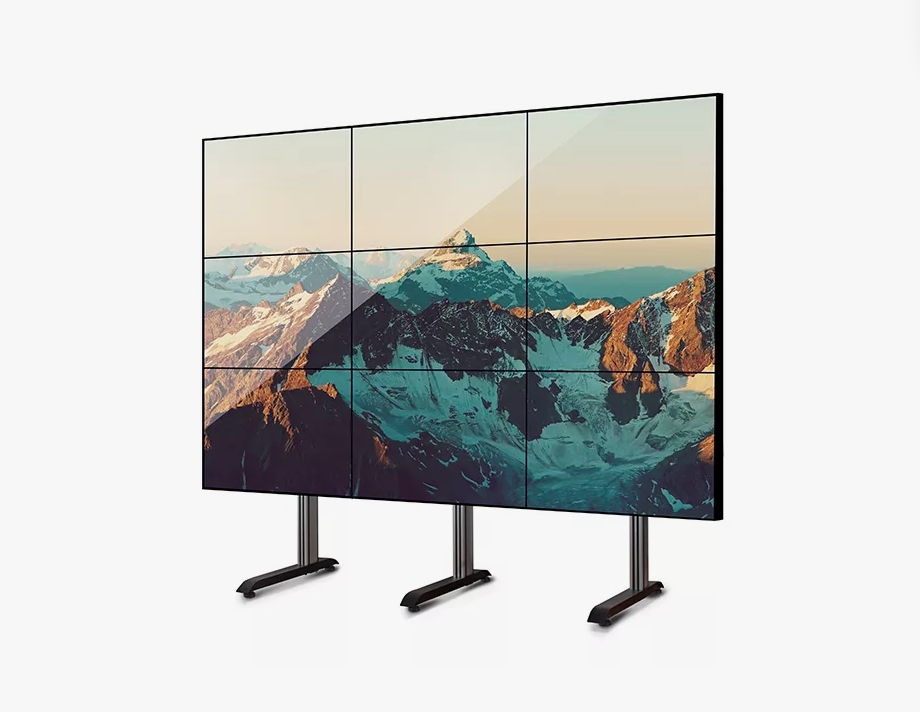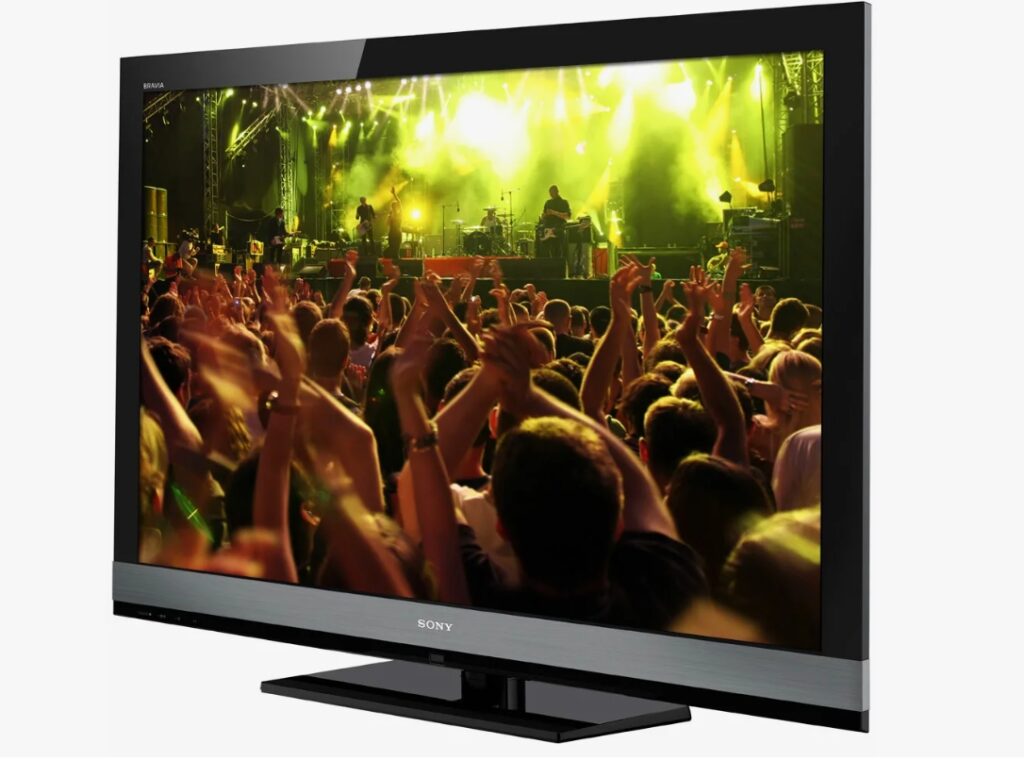Contents
- What is an LCD TV?
- What is an LED TV?
- Key Differences Between LED and LCD
- Which is Better: LED or LCD?
- Case Study: SoStron LED vs. Sony LCD
- Conclusion
When purchasing a television, you may come across terms like “LED TV” and “LCD TV.” While almost all “LCD TVs” on the market today actually use LED backlighting, it’s still important to understand the differences between the two.
This article delves into the primary differences, advantages, disadvantages, and ideal use cases for LED and LCD TVs to help you make an informed choice.

1. What is an LCD TV?
LCD stands for Liquid Crystal Display. LCD TVs use liquid crystal molecules sandwiched between two layers of polarized glass to create images. These liquid crystals themselves do not emit light but rely on a backlight, traditionally fluorescent lamps, to illuminate the screen.
Features of LCD TVs:
- Backlight Source: Use fluorescent lamps (CCFL, cold cathode fluorescent lamps) for illumination, with liquid crystals displaying the image through the backlight.
- Color and Brightness: While older LCD TVs offer decent color and brightness, they fall short in contrast and brightness compared to LED TVs.
- Energy Efficiency: Traditional LCD TVs consume more energy compared to modern LED or OLED TVs.

2. What is an LED TV?
An LED TV is essentially a type of LCD TV. The key distinction lies in its backlight technology: LED TVs use Light-Emitting Diodes (LEDs) instead of traditional fluorescent lamps. Thus, LED TVs represent a more advanced form of LCD technology.
Two Main Types of LED TVs:
- Edge-Lit LED: LEDs are positioned around the screen edges, with backlight distributed across the screen.
- Full-Array LED: LEDs are evenly distributed behind the screen, allowing precise control of brightness and contrast in specific areas.
Features of LED TVs:
- Backlight Technology: LED backlights improve brightness, contrast, and energy efficiency, delivering superior visual performance compared to fluorescent backlights.
- Thinner Panels: LED TVs are thinner and lighter, making them ideal for wall mounting.
- Improved Brightness and Color: LED TVs offer higher brightness, deeper contrast, and richer colors, maintaining quality even at higher brightness levels.
3. Key Differences Between LED and LCD
Brightness and Contrast:
- LED TVs are generally brighter and provide higher contrast. Full-array LED TVs excel in precise brightness control, offering deeper blacks and vivid colors, especially in low-light settings.
- LCD TVs provide uniform brightness but struggle with deep blacks and contrast, particularly in dim environments.

Energy Efficiency:
- LED TVs are more energy-efficient due to the efficiency of LED backlights, consuming less power while maintaining brightness.
- LCD TVs use more energy because fluorescent backlights require more power.
Image Quality:
- LED TVs deliver superior image quality, including better contrast, sharper details, and more vibrant colors. They are particularly suitable for watching movies or sports, offering an immersive experience. Sports LED scoring board: an indispensable technology for professional events.
- LCD TVs have relatively lower image quality, with older models lacking accurate color reproduction and clarity.

Thickness and Design:
- LED TVs are thinner and lighter, fitting seamlessly into modern home designs, especially for wall-mounting applications.
- LCD TVs are thicker and bulkier, less suitable for sleek and minimalist setups.
Price:
- LED TVs are generally more expensive, particularly high-end models, as their advanced technology and superior performance come at a premium.
- LCD TVs are more budget-friendly and suitable for those with less demanding visual needs.
4. Which is Better: LED or LCD?
Picture Quality and Viewing Experience:
- If you prioritize contrast, brightness, and overall image quality, LED TVs are the better choice. Full-array LED technology enhances black levels and color richness, offering a more vivid and realistic viewing experience.
- While LCD TVs provide decent picture quality, they lag in black levels and color accuracy compared to LED TVs.
Energy Efficiency:
- LED TVs are more energy-efficient, making them an excellent choice for long-term use with lower electricity costs.
- LCD TVs, while less efficient, still represent a significant improvement over older CRT TVs.
Budget Considerations:
- If you’re on a budget, LCD TVs may be more suitable. Entry-level LCD TVs offer reasonable quality for everyday viewing. There are commercial LED display price range.
- LED TVs justify their higher price with better performance and longevity, making them a worthwhile investment for quality seekers.
Durability and Longevity:
- LED TVs generally have a longer lifespan, as LEDs are more durable and less prone to degradation than fluorescent lamps.
- LCD TVs may experience backlight dimming over time, impacting viewing quality.
5. Case Study: SoStron LED vs. Sony LCD
To better understand the differences, let’s examine two popular brands:
- SoStron LED TVs: Known for their high color accuracy and brightness, SoStron’s LED series is ideal for HDR content. It delivers an exceptional viewing experience, particularly in well-lit environments.
- Sony Bravia LCD TVs: Sony’s Bravia LCD models still offer decent performance, especially in color reproduction. However, they tend to fall short in brightness and contrast compared to LED TVs like SoStron’s.

6. Conclusion
In conclusion, LED TVs outperform LCD TVs in terms of picture quality, energy efficiency, design, and durability, making them the ideal choice for those seeking a superior viewing experience. While they are pricier, their advanced features and longer lifespan provide excellent value.
LCD TVs, on the other hand, cater to budget-conscious consumers who don’t require the highest image quality. They remain a viable option for casual viewing needs.
Ultimately, your decision between LED and LCD should depend on your budget, preferences, and intended usage. We hope this guide helps you make a well-informed decision.
References






